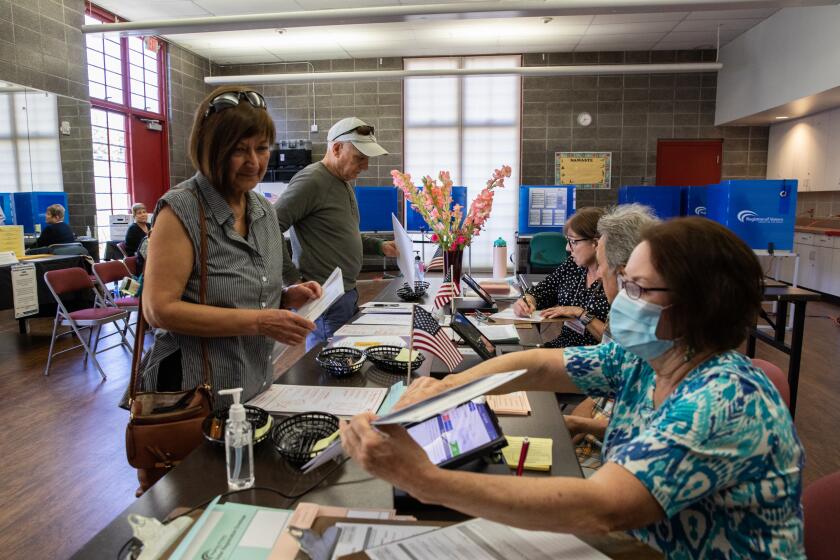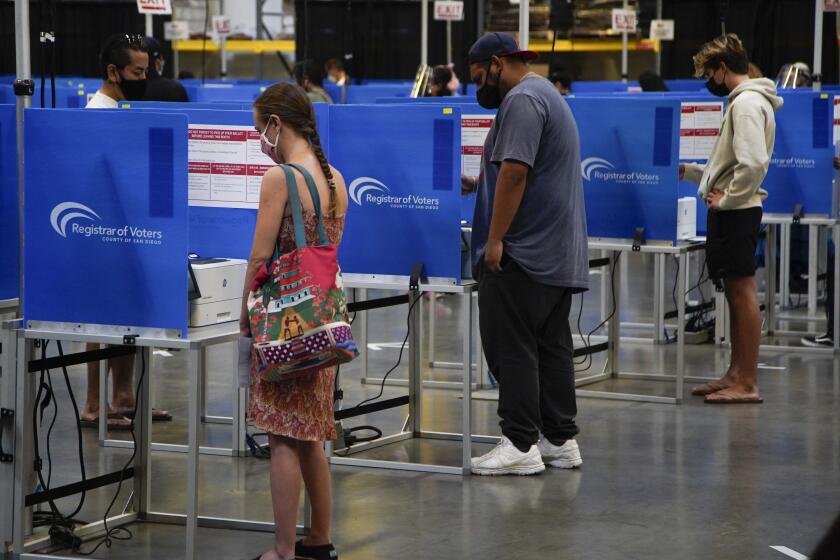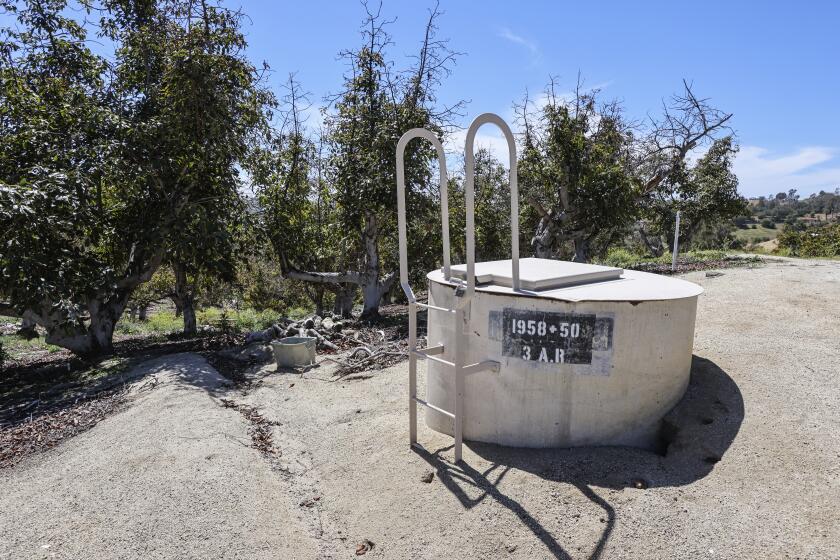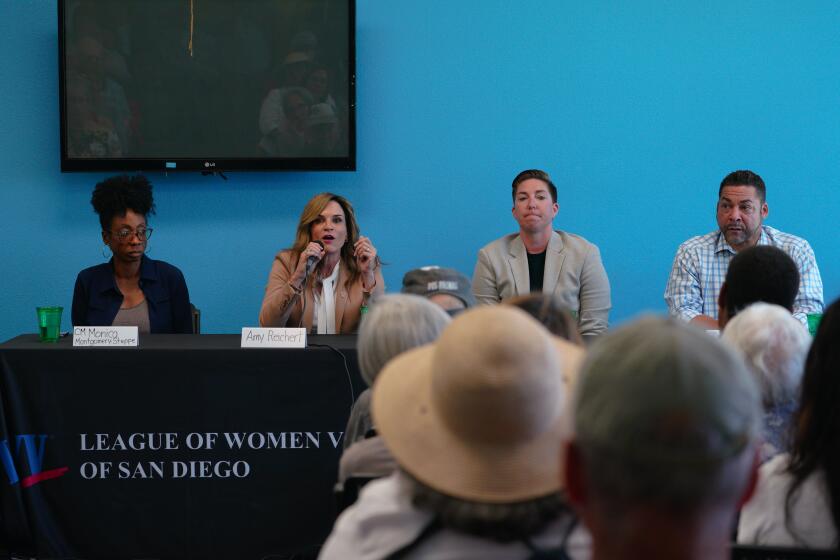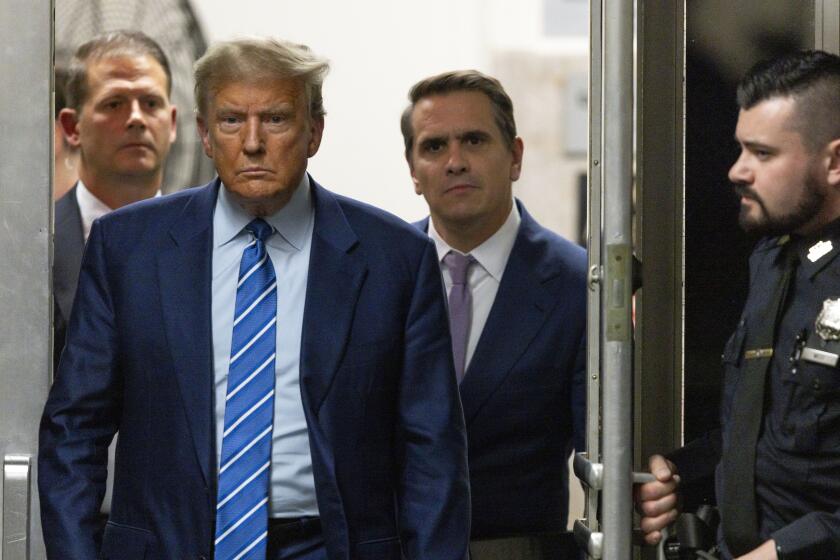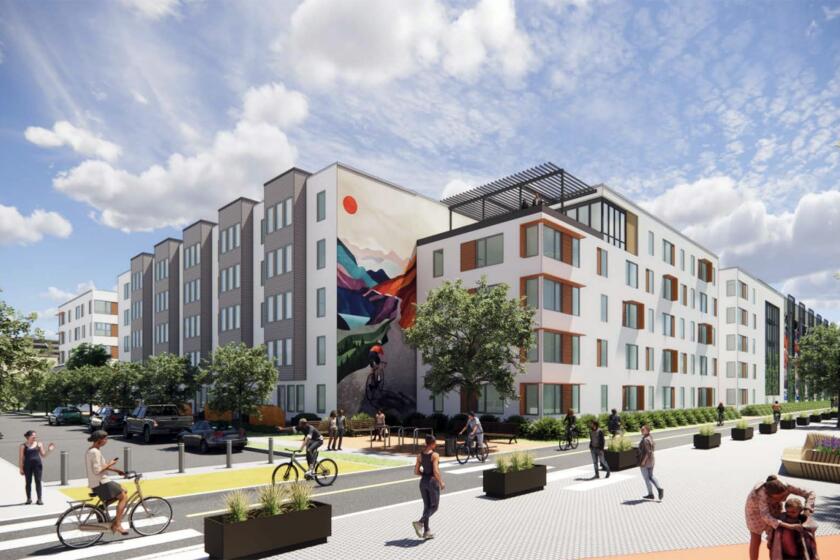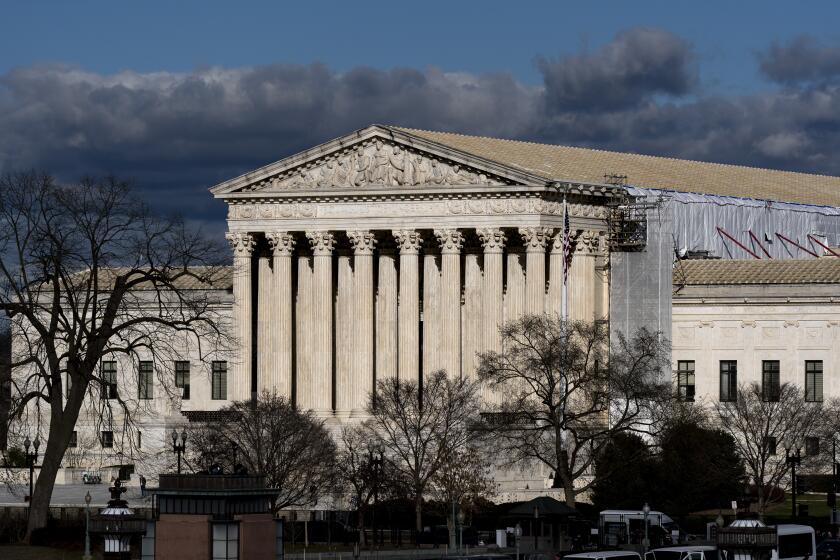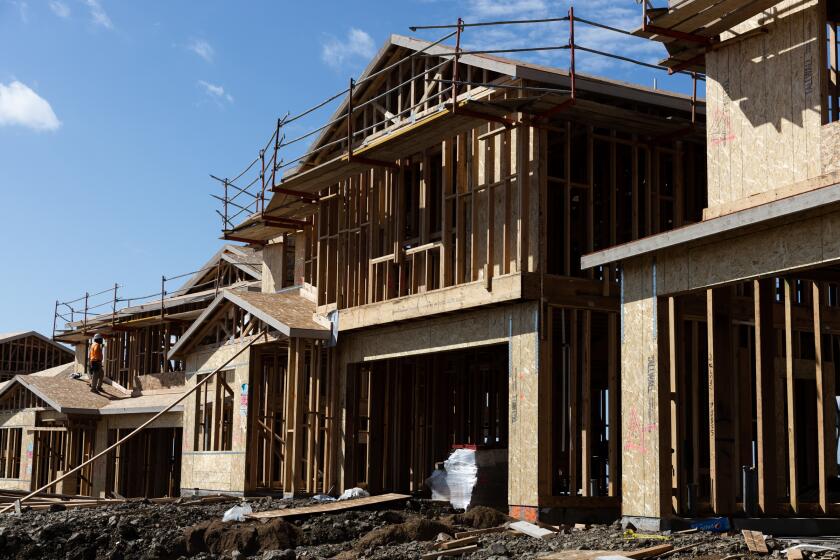How to vote in California’s recall election
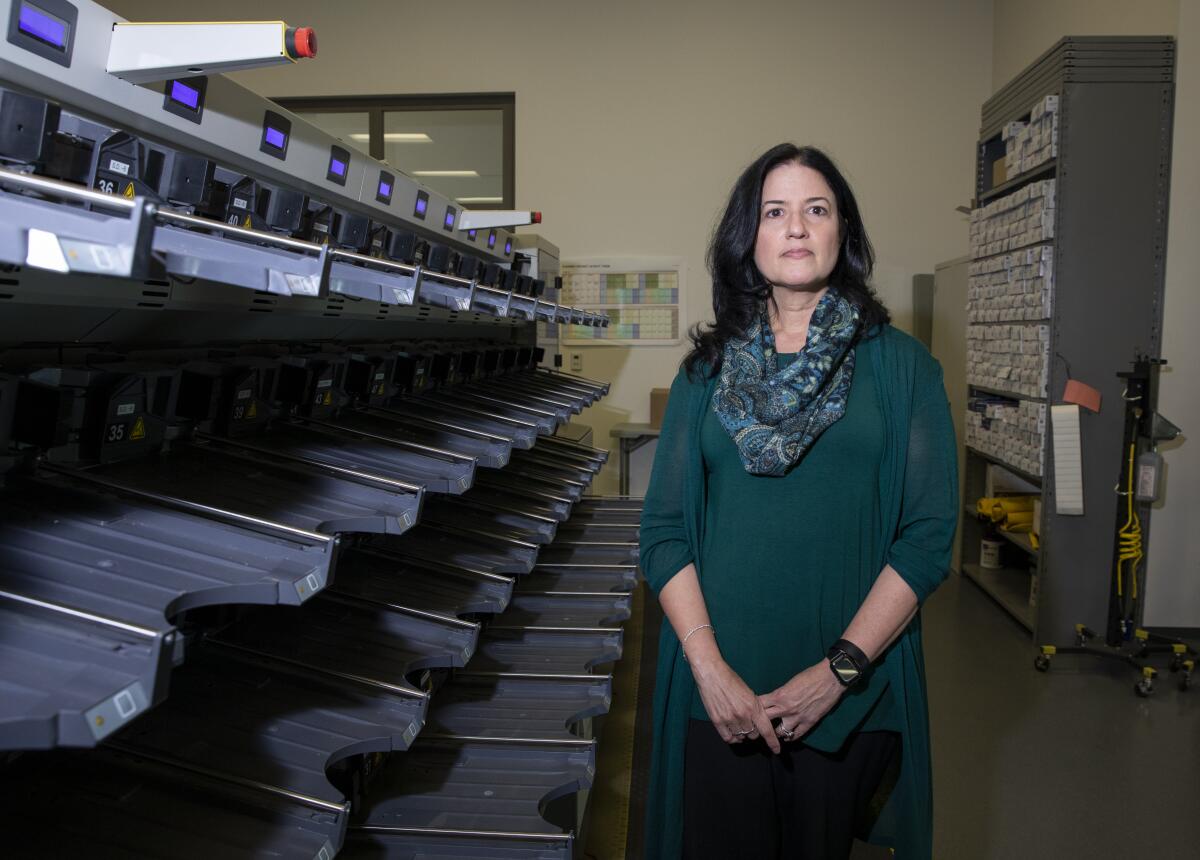
, San Diego County’s interim Registrar of Voters expects a a 70 percent turnout
On Sept. 14, Californians will decide whether to keep Gov. Gavin Newsom or replace him with one of nearly four dozen candidates. Amid an ongoing pandemic the state has expanded mail voting to all Californians, but it will still offer in-person voting but in compliance with COVID-19 rules.
Interim San Diego County Registrar Cynthia Paes answered questions this week about how to vote, what the ballot will look like and how the Registrar’s office will ensure the integrity of mail ballots.
First, some basics on the election: Newsom would be removed from office if a simple majority — more than 50 percent — of voters approves his recall. If fewer than 50 percent vote in favor of the recall, Newsom would remain as governor.
The ballot also will include a list of replacement candidates in randomized alphabetic order.
If Newsom is recalled, the candidate with the most votes would take office for the balance of Newsom’s term. That is why voters should select a replacement candidate even if they vote “no” on the recall, she said.
The Registrar will mail out ballots on Aug. 16, a month before the recall election on Sept. 14.
Voters can return their ballots by mail or at ballot drop-off locations throughout San Diego County through Election Day.
Voters can also cast ballots in person at polling locations, which will open Saturday, Sept. 11 through Election Day. Polling stations will be open 8 a.m. to 5 p.m. Saturday through Monday of the voting period, and 7 a.m. to 8 p.m. on Election Day.
The Registrar of Voters also will offer early voting at its office on 5600 Overland Ave. from 8 a.m. to 5 p.m. Monday through Friday, starting Aug. 16.
Paes offered more details about casting votes, processing ballots and reporting the election returns:
How do voters find their polling place or a drop-off box? Lists and locator maps will be posted on our website in early August. Voters can use the locator tool at www.sdvote.com to find a location near them.
Will voters have to wear a mask and socially distance at polling stations? The San Diego County Registrar of Voters will follow local public health orders. We will continue to implement sanitization protocols and will have masks and hand sanitizer available for election workers and voters. Essentially, we will be prepared for what the health order might be at that time.
Are you sending ballots to all registered voters? Yes. This is a requirement of Senate Bill 29. The Registrar’s office will mail over 1.96 million ballots to active registered voters for this election.
When should I receive my mail ballot, and what should I do if it doesn’t arrive on time? Ballots will start going out in the mail the week of August 16. If your voter information is up to date, you should expect to see your mail ballot that same week. If you haven’t received your mail ballot by August 30, please contact the Registrar’s office at (858) 565-5800.
What if I received a mail ballot, but prefer to vote at a polling place? If a voter receives a mail ballot but chooses to vote in person at a polling place, an election worker can look up the voter in an electronic poll book to suspend their mail ballot and re-issue them a paper ballot to cast.
How has the registrar improved mail voting processes in recent years? Voting by mail is not a new phenomenon for San Diego County. Over 75 percent of its registered voters were already signed up to permanently receive their ballot by mail for the March 2020 primary election, and 100 percent of active registered voters were mailed a ballot for the November 2020 presidential general election, so the San Diego County Registrar of Voters is well positioned moving forward.
What is the timeline for processing mail ballots? The registrar will start processing mail ballots beginning 29 days before Election Day. Voters are encouraged to return their mail ballot promptly so it can be added to the first release of election night results occurring shortly after 8 pm.
How do you track the mail ballots you issue? The registrar updates voter registration lists daily, weekly and monthly to ensure the voter’s correct residence address and mailing address is on file. It removes voters from the voter rolls when the registrar is notified of death, felony conviction and incarceration, or registration in another county. The office has systems to verify signatures against registration records, track all mail ballots issued and suspend a ballot after a replacement is issued. We collaborate with the U.S. Post Office to ensure priority delivery of mail ballots and provide ballot drop-off locations staffed by election workers.
What equipment and systems do you have in place to process mail ballots securely?
The registrar has a contracted vendor who can handle the increased mailing capacity and a strong partnership with its local United States Postal Service office to ensure timely delivery and return of mail ballots. And it has invested in devices for the backend processing of mail ballots, including high-capacity mail sorting machines, digital adjudication, and high-speed scanners and recently added more extraction machines to remove ballots from envelopes.
When will the first results come in? Shortly after 8 pm on election night Sept. 14.
When do you expect to report final results? Final certified results will be posted by Oct. 14.
What turnout do you expect? San Diego County had over a 66 percent turnout for the 2003 Gubernatorial Recall Election so we may see something similar. I’m estimating a 70 percent turnout.
How long will the ballot be with so many names on it? San Diego County will have a one-page 17” ballot. The two questions and all candidates fit on one side.
Are you worried that people will accidentally vote for more than one replacement candidate? In just about every election, we have contests that are “Vote for One.” Additionally, the ballot will clearly state “Vote for ONE.”
Get Essential San Diego, weekday mornings
Get top headlines from the Union-Tribune in your inbox weekday mornings, including top news, local, sports, business, entertainment and opinion.
You may occasionally receive promotional content from the San Diego Union-Tribune.

